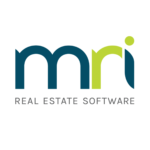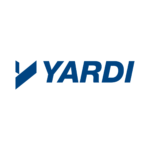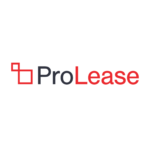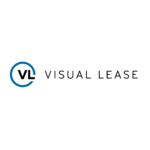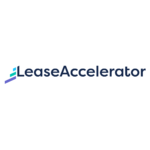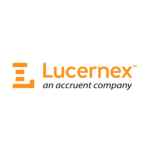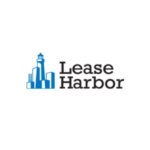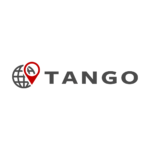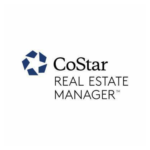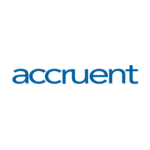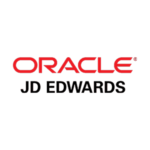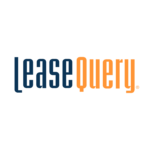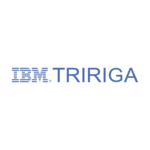You know how important it is to keep your lease portfolio up-to-date. You probably even have resources in-house to help you stay on top of your lease portfolio. But, what about accuracy? Are you capturing the right data fields? Any investment in your lease administration process won’t pay off if your base data is incorrect. So, how do you go about ensuring your core lease administration process is on-track? Here are a few things to consider –
Your lease abstraction template
You know lease abstracts play an important role in helping you understand the key elements of your leases. Plus, they come in handy when you need quick access to the critical lease elements at the time of strategic decision making. However, you need to ensure that your abstraction template captures all the relevant information. While some core fields such as rent, options, key dates, etc., are needed irrespective of what industry you belong to, there may be fields that are important for your business or industry in particular. Apart from such fields, there may be certain, less common clauses in some leases that must be captured. So, the first step to ensuring you are capturing the right data is a) Being able to identify what data matters to you and b) Having a template that caters to your needs by capturing that information.
How is the data captured?
Once you have the right template in place, the next step is to set guidelines for data capture. You want the data abstracted to be complete, yet concise. Your lease abstract should read like an abstract, highlighting the key elements of a particular clause. It shouldn’t be a copy-and-paste exercise, including all of your lease terms into your template. This approach defeats the purpose of lease abstraction.
What role will technology play in your lease abstraction and administration process?
At the outset, you need to be clear on the role technology will play in your lease portfolio management process. There are automated lease abstraction software tools in the market, that extract key information from leases and populate them onto a predefined template. While automating the lease abstraction process can offer considerable benefits in terms of lower turnaround time and resource costs, it cannot completely replace the human element. Lease abstraction and administration requires analysis of leases and related documents to arrive at accurate and most-useful data sets to help you drive critical business decisions concerning your real estate portfolio.
An experienced lease administration vendor who specializes in the initial process setup can help you ensure your lease administration and abstraction processes are set up properly. They can add value to your lease portfolio management process by
- Conducting a review of your existing data capture mechanisms and templates for accuracy and usefulness.
- Evaluating your current process and cadence and offering guidance on how you can make it more efficient
- Suggesting changes to your existing lease abstraction templates to help you optimize your existing templates
Rebolease.com, powered by RE BackOffice, Inc., is a premier provider of lease abstraction, administration, audit and accounting services. Headquartered in Pittsburgh, PA, we are a global boutique firm, providing high-quality services to top-tier clients across industry verticals, covering every type of lease and on any lease platform. We are proud to be a trusted partner, for 15+ years, to leading retailers, REITs, property owners/managers, and corporate accounts seeking a strategic advantage. All client projects are performed in-house.



